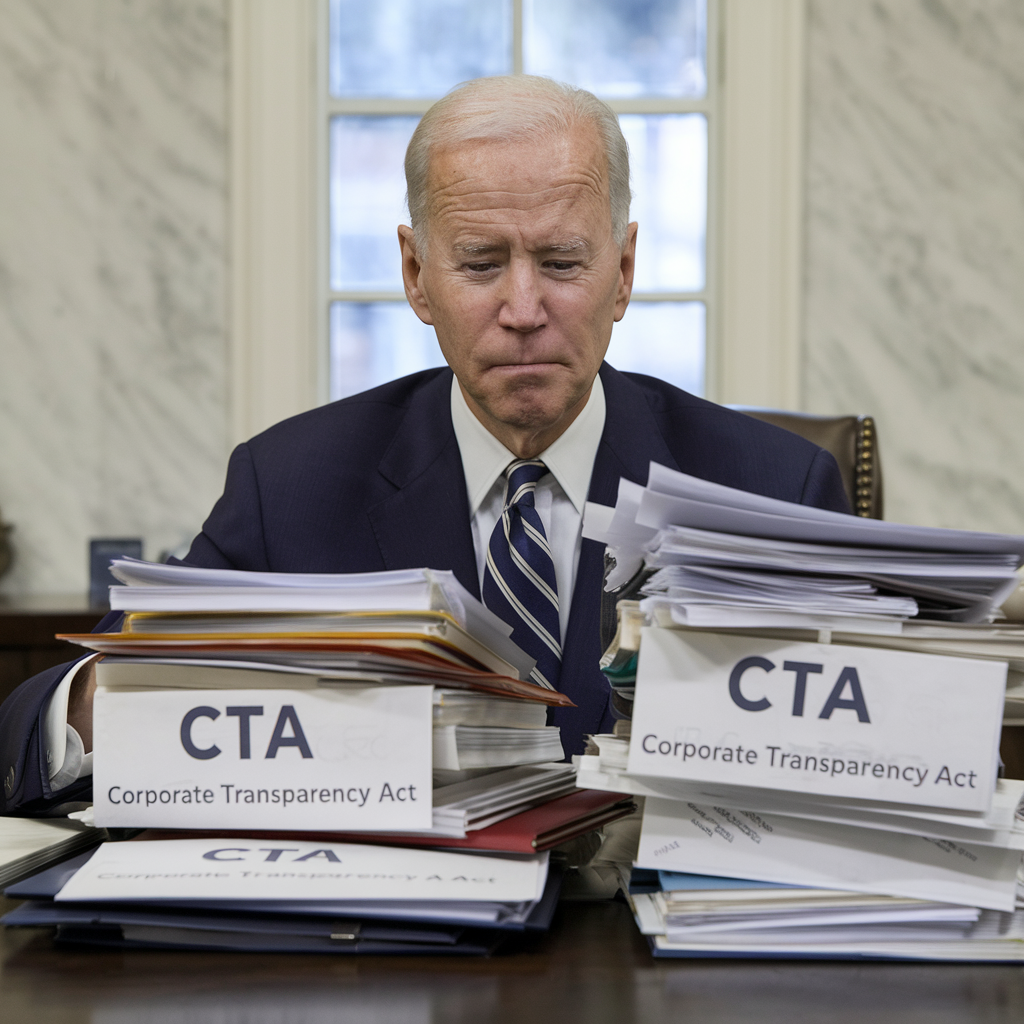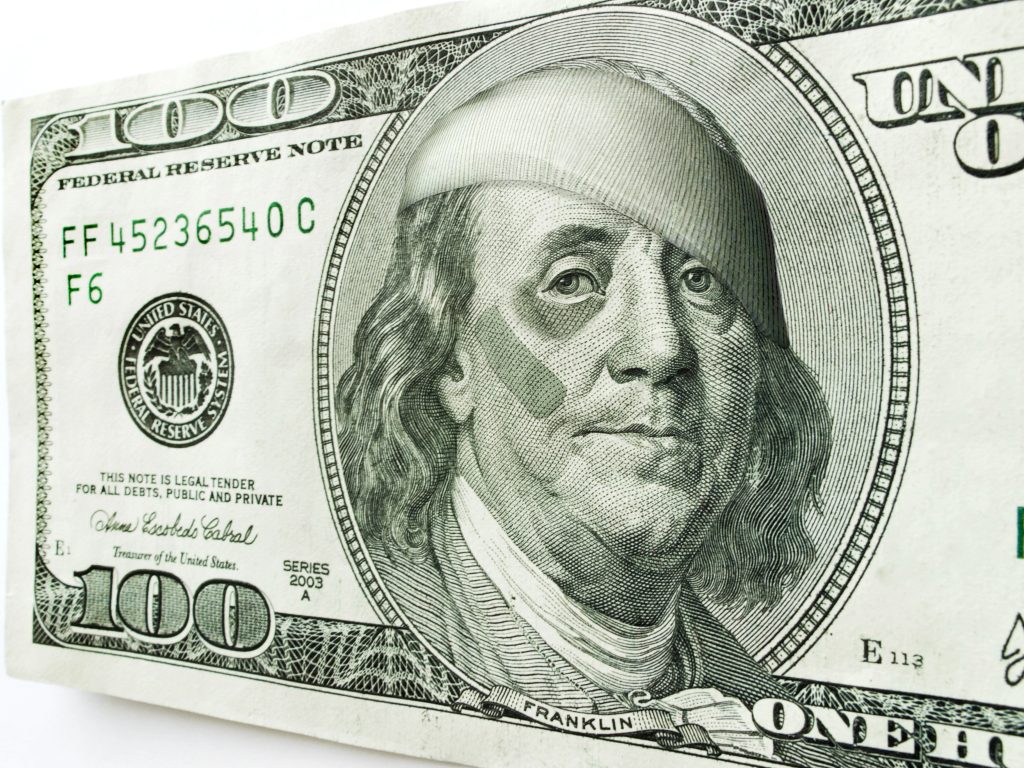The corpse of King Louis XV was still warm when his son and successor, 19-year old Louis XVI, started cleaning the royal house.
French finances were an absolute mess. The country was almost hopelessly bankrupt after decades and decades of costly warfare… and even more costly royal luxury. The young king’s predecessors, Lous XIV and Louis XV, spared no expense when it came to their comfort and grandeur, and the end result was the largest national debt in the history of the world up to that point.
Louis XVI knew something had to be done urgently. So, his first order of business was to appoint a brand new finance minister– the famed economist and philosopher Jacques Turgot.
Today we would describe Turgot as an economic libertarian; he believed in limited government, free trade, low taxes, low debts, and balanced budgets. And he came in at just the right time.
The year was 1774, and Turgot noted that the government’s annual revenue was 213.5 million francs, with annual expenses of 235 million francs– a deficit totaling 10% of tax revenue.
At the time, this was considered an absolute crisis. (The US, by comparison, hasn’t had an annual budget deficit of less than 10% since 2007!)
But Turgot got to work. Just like Elon Musk today proposes to have a “Department of Government Efficiency”, Turgot slashed spending anywhere and everywhere he could find it. He deregulated commerce, he abolished trade restrictions, and he grew both the economy AND government tax revenue… all without having to increase the actual tax rates.
Turgot’s success aside, the most important step was that the French actually recognized their financial problem in 1774.
But Americans today can’t seem to do this, even though the US government’s deficits are closer to 40% of tax revenue.
Data just reported from the Treasury Department on Friday shows a $1.833 trillion annual budget deficit for Fiscal Year 2024, which ended a few weeks ago on September 30.
That’s the third highest ever. And the only two that beat it were FY ‘20 and FY ’21—pandemic years.
But all the so-called “experts” claim this isn’t a crisis.
Bond investors, Wall Street banks, and even economists, if they do talk about it, say it’s a mild concern.
But politicians are the worst.
People like AOC come right out and say that deficits don’t matter.
A couple of years ago, Biden bragged that the annual budget deficit was only $1.3 trillion… as if that’s some sort of accomplishment.
The media is equally complicit. This is a five-alarm fire, and they’re acting like abortion access is the most important issue facing the country.
Not to downplay the abortion issue, but it affects maybe 900,000 people per year, versus 350 million Americans who are at risk of having their lives turned upside down by a collapse in government finances.
Yet when you watch the debates and coverage of the election this year, the national debt and budget deficit barely register as issues.
But this is something that isn’t even a political problem—it’s an arithmetic problem.
And it’s one that’s going to spiral out of control very, very quickly. I’ll explain how—
Government spending can be broken down into three main categories.
One, discretionary spending is the stuff Congress argues about every year through appropriations bills, i.e. the annual budgets for the military, national parks, the State Department, etc.
In FY ‘24, discretionary spending was about $1.8 trillion—basically the size of the entire annual deficit. That means you could cut ALL discretionary spending, including the military, and the government would still be running a deficit. That’s how bad it has become.
Two, mandatory spending is the largest category—programs passed decades ago that are automatically funded, like Social Security, Medicare, and welfare. These programs also automatically increase each year with inflation. Nobody wants to touch this stuff. No politician is going to take food stamps from poor people or mess with Social Security.
Third is interest on the debt. In FY ‘24, total interest on the national debt hit $1.1 trillion.
This has been increasing dramatically. Less than a decade ago, in FY ‘19, interest payments were $573 billion—now they’re twice that.
Going back further, interest payments accounted for 12% of tax revenue in FY ‘15, and that number has nearly doubled in less than a decade, to 23% of tax revenue today.
This spirals out of control fast. Tax revenue has been growing by 4.7% per year on average, while interest payments have been growing at 12.2%. It doesn’t take a math genius to see where this is heading—eventually, 100% of tax revenue will go to just paying interest.
Sure, there is some time before that happens, but exactly when should the government start taking this seriously?
Right now, the government borrows 100% of the money for its entire discretionary budget. Interest payments have surpassed the military budget for the first time in US history, and nearly a quarter of tax revenue is going toward interest.
Plus, nearly half of tax revenue goes to Social Security and Medicare, and that’s to say nothing of the defense budget, veterans’ benefits, and literally everything else the government does.
And they are still not taking the problem seriously.
But you know who is? Foreigners.
This is why central banks around the world are buying up gold, diversifying out of the dollar.
Will this trend continue? It looks like it.
The US government’s internal forecasts show another $22 trillion in debt over the next decade, with no plan or hope to get spending under control. That’s assuming there are no new wars, pandemics, crises, or bailouts—most likely, it’ll be much worse.
Foreign governments and central banks have over $8 trillion in US dollar reserves. Yet up until now, they’ve only converted a small portion of that $8 trillion into gold… driving the gold price to an all-time high.
What will happen to the gold price when the US government’s finances become a real crisis, and those same foreign institutions move hundreds of billions, or even trillions of dollars, into gold? What will happen to the value of the dollar?
Gold is already at an all-time high, and we think it’s going much, much higher.
But we also understand it’s tough for some people to buy an asset at its current all-time high, even though there’s a strong case that it can go much higher.
The good news is that gold companies, mining stocks, royalty companies, and other gold related businesses are nowhere near their all-time highs. In fact, some are trading at absurd discounts.








